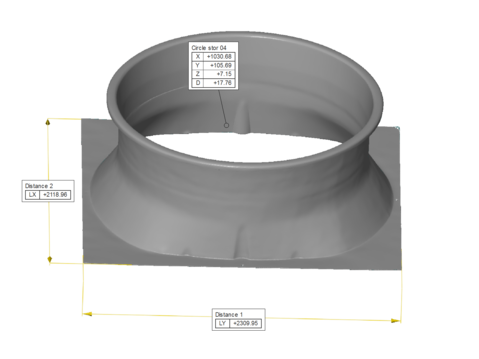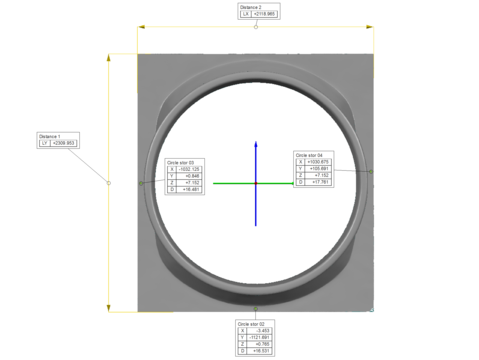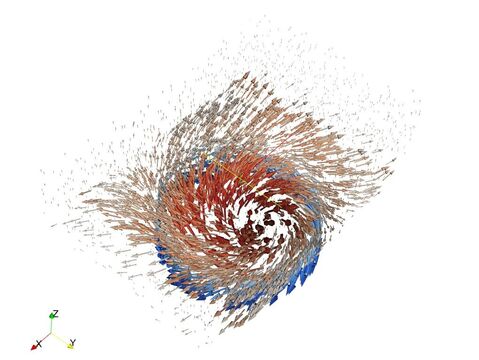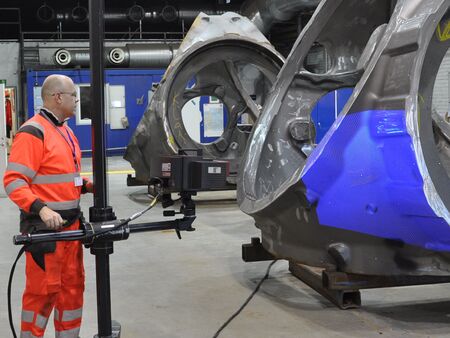Fiberglass
3D scanning used for simulation software
Vestas industrial cooling uses scanned data as a basis for advanced CFD calculations of fluid and air flow. Vestas industrial cooling from Lem St. is a company which specializes within industrial cooling and delivers cooling towers for a number of different production processes.
In the development and optimization of new products, the company uses advanced mathematical models to simulate air and fluid flow, which occur during operation.
Problem
Air and fluid flow can be simulated using CFD (Computational Fluid Dynamics). Vestas industrial cooling wanted to increase the use of CFD in the development phase, and to be able to do this, it was necessary that the CFD model was adjusted to the current situation.
Solution
The current fiberglass component, which was to form the basis for the modification of the mathematical models, was 3D scanned at Zebicon. Afterwards IGES sections were generated to create a more realistic 3D design of the top.
”It was important for us to know the details about the real model before we started optimizing the CFD model," says R&D Manager Claus H. Ibsen, who is responsible for creating and modifying the theoretical calculation models at VP Industries, under which Vestas industrial cooling belongs.
In this case, 3D scanning created a better calculation foundation and has contributed to more reliable CFD models for Vestas industrial cooling.
3D scanning is a technology, which can create a digital 3D model of a physical part. The technology is primarily used for reverse engineering or quality control and part measurement.




